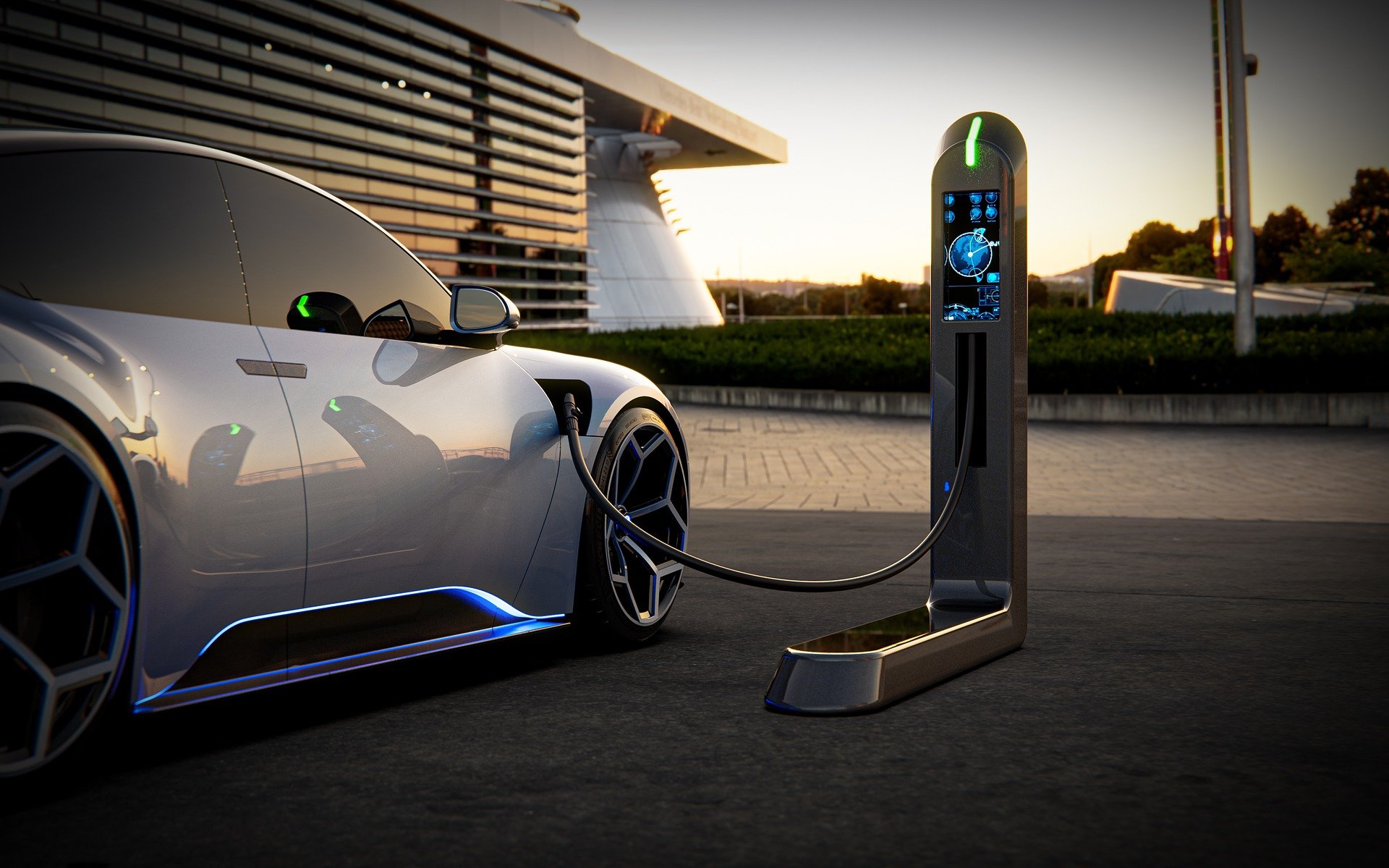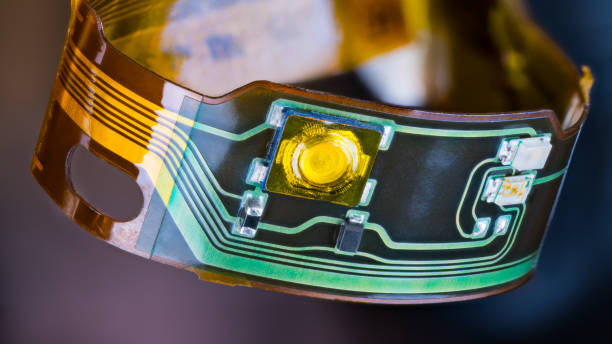Steering into the Future: The Advent of In-Wheel Motors
Imagine the power of your car isn’t coming from under the hood but from the wheel wells. In a remarkable shift from traditional car design, in-wheel motors are poised to transform the automotive industry, enhancing efficiency and driving dynamics in a whole new way.

The Genesis of In-Wheel Motors
In-wheel motors, also known as hub motors, are not a new concept. The idea dates back to the early 20th century, with Ferdinand Porsche creating the first functional in-wheel motor for the Lohner-Porsche electric car in 1900. However, several factors, including the dominance of internal combustion engines and technical limitations, impeded their widespread application until now. Today, technological advancements have renewed interest in this century-old concept, with several companies developing and testing their in-wheel motor systems.
Today’s In-Wheel Motors: A Quantum Leap
The modern in-wheel motors are marvels of engineering, blending high-performance and efficiency with compact design. By placing electric motors directly into the wheels, they eliminate the need for conventional powertrains, freeing up space and reducing vehicle weight. This not only enhances fuel efficiency but also improves vehicle handling and performance. Moreover, in-wheel motors can be incorporated seamlessly into existing vehicle platforms, making them a viable option for automakers seeking to electrify their existing models.
Implications for the Automotive Industry
The introduction of in-wheel motors is likely to have far-reaching implications for the automotive industry. It could streamline vehicle design and assembly processes, resulting in cost savings for manufacturers. For drivers, the potential benefits include improved vehicle performance and fuel efficiency. Moreover, the possibility of each wheel being independently controlled could also pave the way for improved safety measures, such as advanced stability control systems. However, the application of in-wheel motors also presents several challenges, including managing the increased unsprung weight and ensuring durability in diverse driving conditions.
Stepping into Tomorrow: The Future of In-Wheel Motors
While in-wheel motors are not yet a common sight on our roads, they are steadily gaining traction. Several carmakers are already experimenting with this technology, and a few models equipped with in-wheel motors have made it to production. For instance, the Aptera 3, a futuristic-looking electric vehicle, is equipped with in-wheel motors, providing it with remarkable efficiency. As the automotive world embraces electrification, the adoption of in-wheel motors could accelerate, steering us into a future where powertrains are not under the hood but in the wheel wells.
In conclusion, the advent of in-wheel motors is a fascinating development in the automotive industry. It offers a fresh perspective on vehicle design and performance, and its potential implications are immense. As we move forward, it will be interesting to observe how this technological shift will shape the future of mobility.





